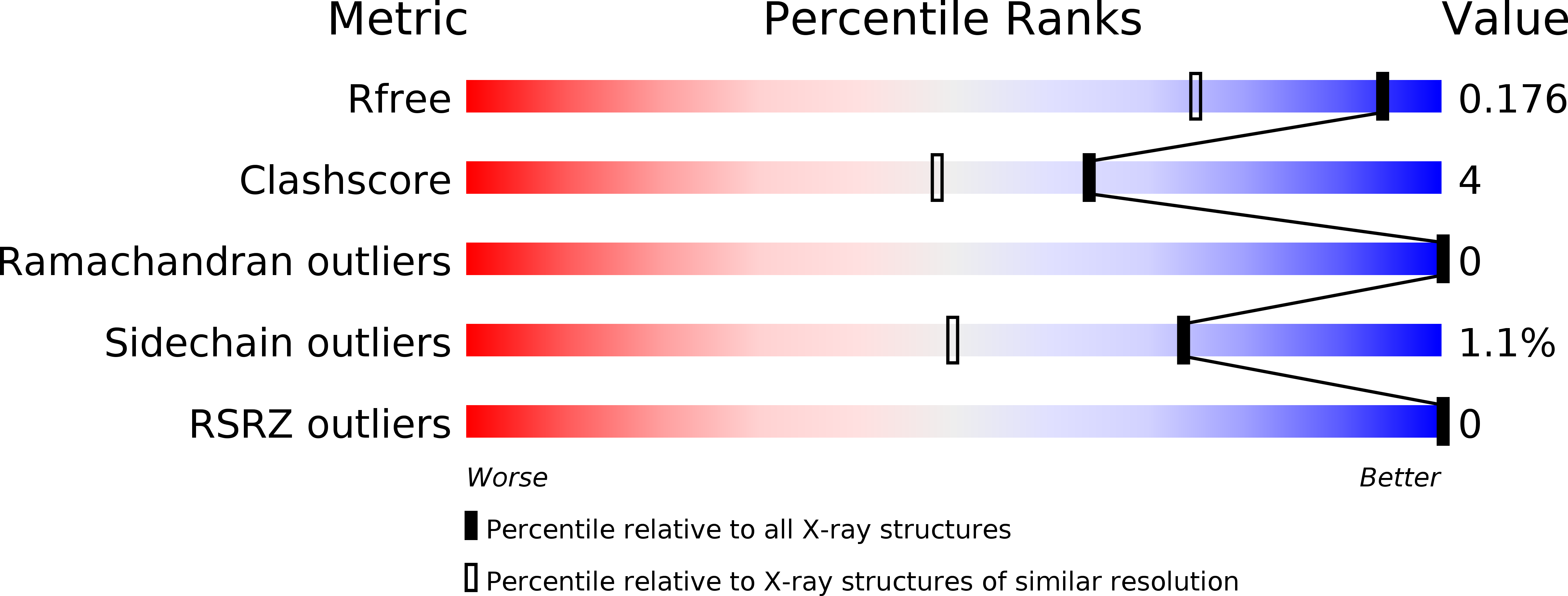
Deposition Date
2017-09-13
Release Date
2017-12-20
Last Version Date
2024-03-27
Entry Detail
PDB ID:
5YDF
Keywords:
Title:
Crystal structure of a disease-related gene, hCDC73(1-100)
Biological Source:
Source Organism:
Homo sapiens (Taxon ID: 9606)
Host Organism:
Method Details:
Experimental Method:
Resolution:
1.40 Å
R-Value Free:
0.17
R-Value Work:
0.13
R-Value Observed:
0.13
Space Group:
P 1 21 1


